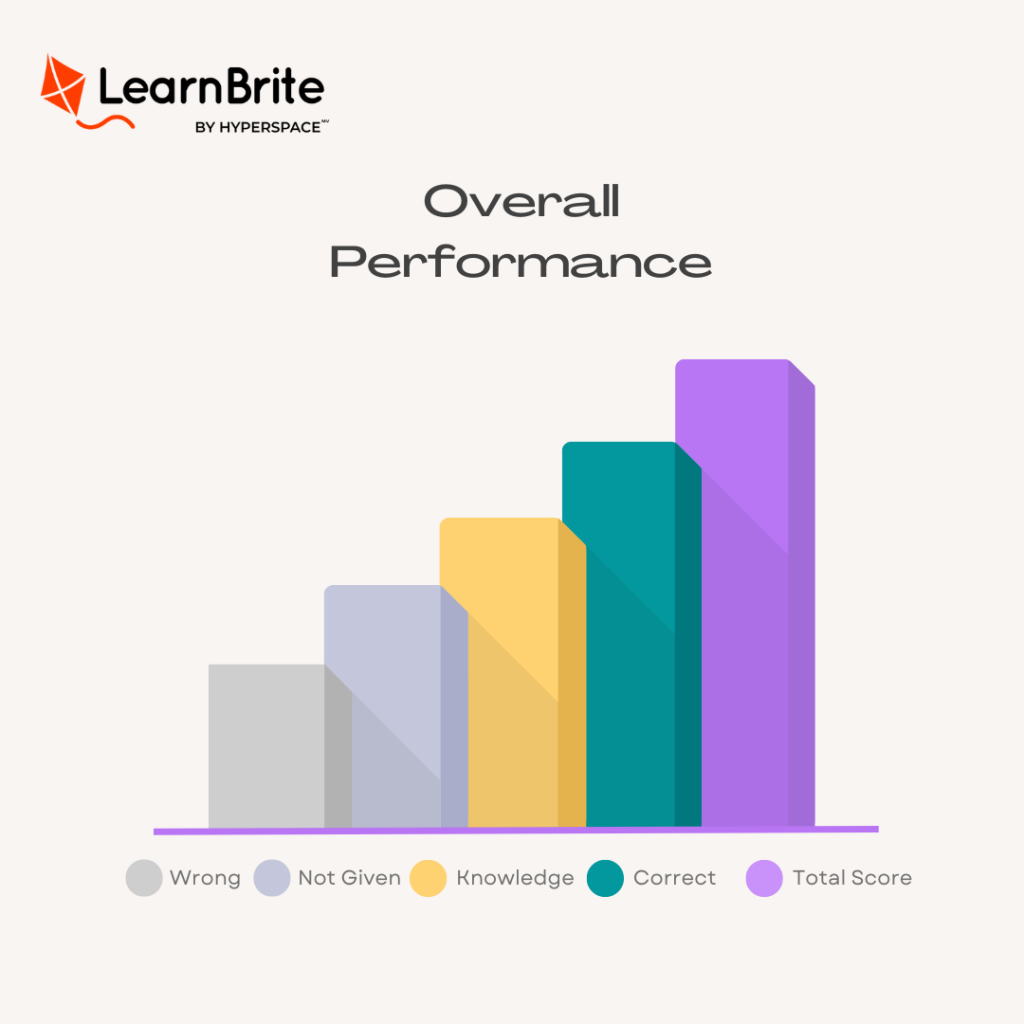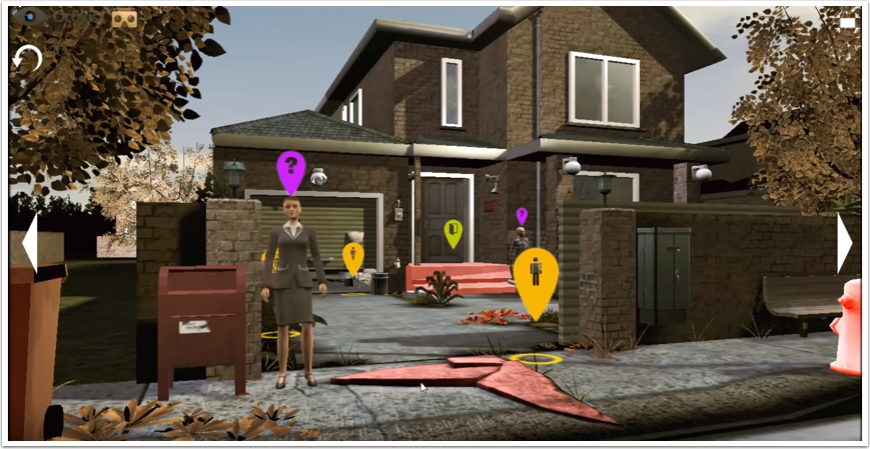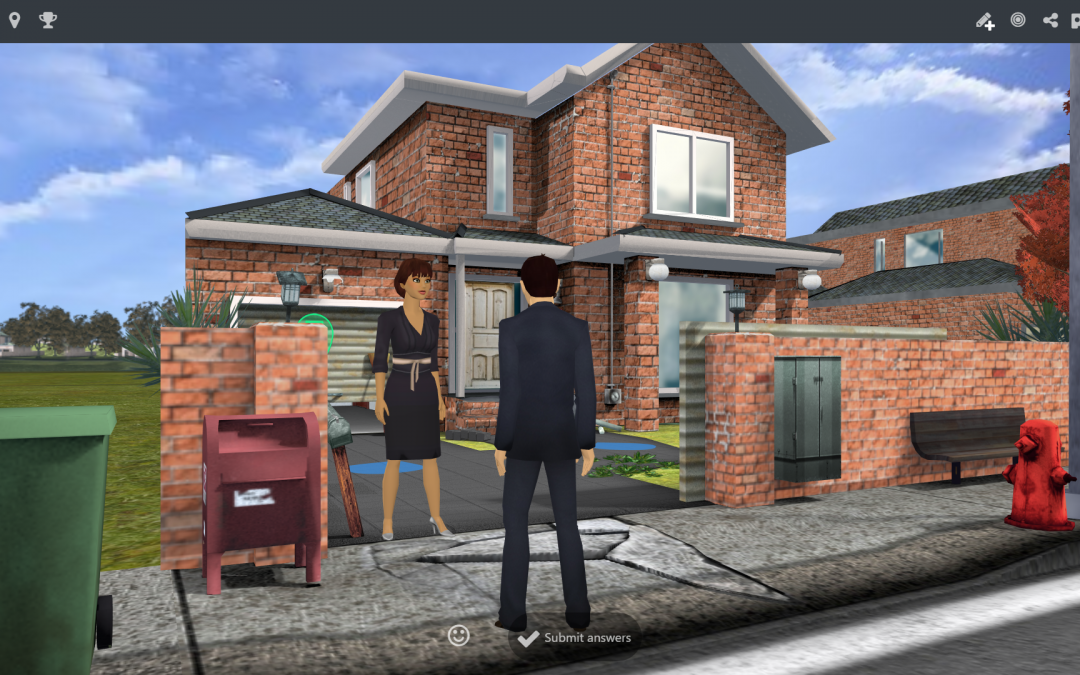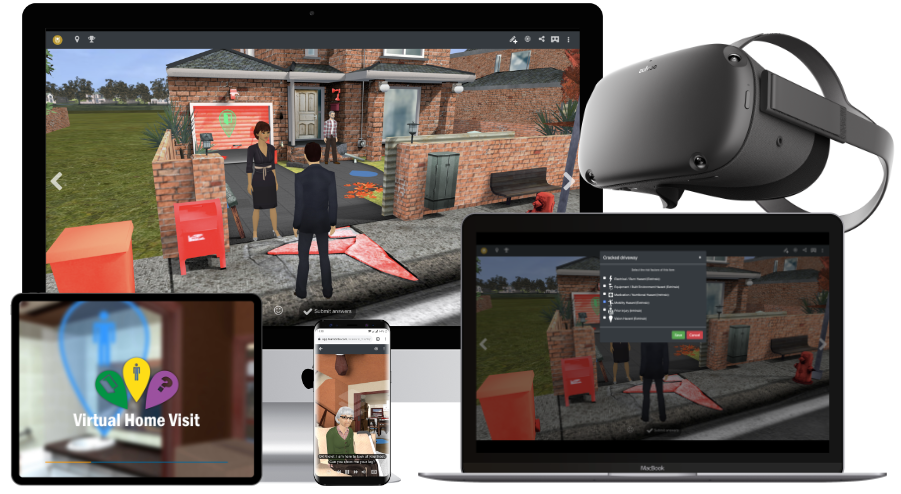By adopting the latest developments in the metaverse, learning and development professionals, as well as educational institutions, HR, and training departments, can take the lead. Curtin University is an excellent example of this. The organization has developed an award-winning platform with LearnBrite that enables trainee health and community professionals to develop their real-world physiotherapy skills in a virtual setting.
Curtin University’s initial project in the metaverse, started in 2015 and is still being updated and used by the university’s students. Multiple other topics of learning and training for students and various scenarios have been added over the years for the students to experience and learn by doing without the risk of failure and without any risk to patients.
At this stage, an Interprofessional Virtual Hospital Visit (IPE VHsV) has been developed for physiotherapy, pharmacy, social work, and psychology disciplines. Once students from each discipline have completed their discipline-specific IPE VHsV, they attend a virtual team meeting.- Anne Fourness.
So it’s only natural to say that Curtin University is one of the first universities to join the Metaverse for learning.
About Curtin University
Curtin University is a university with campuses in Australia, Malaysia, Singapore, Mauritius, and Dubai. As part of its portfolio, the institution runs a physiotherapy program.
Why did Curtin University want to create a metaverse platform?
A section of the physiotherapy courses at Curtin University trains medical students, caregivers, and healthcare professionals to make at-home older adult risk assessments. The University wanted to use a virtual platform in this area because it would provide learning opportunities for students without the risk of real-life errors.
Using simulated environments would also allow students to develop skills around rarer scenarios that they would be less likely to face in real-life, day-to-day meetings with patients. In addition, a metaverse platform is:
Cost-effective
Both the organizer (in this case, the university), as well as participants can save money with this option, from travel, location, and staff to documentation and update fees
Flexible
Allowing learners to join in virtually and complete training in their own time can actually save extra hours (or even days) generally spent in a classroom or traveling to and from the location.
Focuses on learning
Unlike classroom learning, which addresses the group. With a simulated online solution that offers branching scenarios and options, the student tailors the experience to their personal needs at the time.
Location fees, documentation, staff, and travel can all be cut off, allowing the students to focus on what is most important.
How did LearnBrite help?
LearnBrite is a fully accessible browser-based platform that can be accessed on any device, including VR/ AR and any operating system, from anywhere in the world, which is extremely important, especially when working with students. They may not have or want heavy gamer computers or funds to spare on VR equipment, so giving them the option to join on their own devices without having to download or install any apps is critical.
LearnBrite collaborated with Curtin University to develop Virtual Home Visit (VHV), a platform that maximizes learning opportunities with realistic environments that place trainee health and community professionals in situations where they must make quick judgments about patient wellbeing. The advantages of VHV include the following:
Flexible team meetings
VHV includes the option of virtual team meetings where students can discuss best practices. Because these meetings take place online, there is no need for room bookings, and has the added benefit of flexibility to schedule meetings at the most convenient time.
The processes involved address the logical issues of timetabling students and room bookings. Students on country placements can also participate.- Anne Furnes
Virtual student training and personalized learning
In the world of physiotherapy, the management of risks are vital. It saves lives, reduces the incidence of injuries, and helps prevent other adverse outcomes. VHV mimics the reality of a patient’s home and lets students practice making risk assessments based on 15 categories, including trip, slip, diet, and medication.
The immersive environments and branching scenarios put the learner first and enable a personalized training experience. The student can focus on the areas they need to improve without the distraction and noise of a classroom or group session in real.
This learning activity provides students with an experience that is similar to one they would have in the clinical setting.- Anne Furnes

Improved student assessment
While enabling students to improve their skills as physiotherapists, VHV also assesses users’ reactions along with a number of different metrics. This data is helpful for deciding the work placements that suit each student best.
More student fun and socializing
Research suggests that better learning happens when classroom experiences are enjoyable, and VHV leverages fun. The virtual world is essentially a videogame, which means the experience for the student is less didactic and more immersive and joyful. The multiuser settings also create social moments and chances for trainees to chat with their peers.
Cost savings
As well as offering greater flexibility and improving the student learning experience, VHV also helps save money. In fact, because students can use VHV by themselves without the direct aid of teachers, educational institutions can save tens of thousands of dollars.
With LearnBrite, you can design and develop immersive branching scenarios that can be immediately deployed to the platform and available for testing and modification without needing to reshoot any scenes or record new voiceovers making a production that much easier and cost-effective.
The platform is also a no-code platform, which means you do not need an army of developers to code and deploy new scenes or modifications. LearnBrite does all the heavy lifting for you.
Is Curtin University’s platform a success?
VHV was presented by Curtin University Director of Teaching & Learning Anne Furness at the World Confederation for Physical Therapy in Singapore.
At the conference, keynote speaker Dr. Ah-Cheng Goh said – in support of the use of VR in educational settings: “Virtual reality of teaching and assessing a student’s ability to examine a patient and arrive at a diagnosis or problem list has great potential as a teaching tool.”
In addition, the development of VHV by Curtin University and LearnBrite was recognized at the Curtin Commercial Innovation awards, where Anne Furness and her team won the Teaching and Learning Award
In terms of user experiences, reviews of VHV have been very favorable. One student said: “The sit down virtual meeting was fun and made it easier for it to feel like an actual meeting.” Another participant commended the “realistic scenario” of the virtual world.

Here are a few more student reactions and comments.
“Seeing a patient in a room just before an interprofessional team meeting was quite realistic and made it easy to keep them at the focus of care.”-VHV Student.
“It’s nice to put a face to a person’s voice while somehow keeping anonymous”-VHV Student.
Take students to the metaverse with LearnBrite.
LearnBrite is a relative metaverse veteran with seven years of experience in the sector. The virtual reality company stands out for its ability to provide fun and innovative solutions to soft skill training across a wide range of industries, such as healthcare, construction, marketing, and sales, to name a few. LearnBrite is also highly adaptable, with integration options with the most popular learning management systems, such as Moodle and Blackboard.
Metaverse learning experiences improve educational outcomes and save money. To discover the new virtual world, click or tap here and book a LearnBrite demo.



Recent Comments